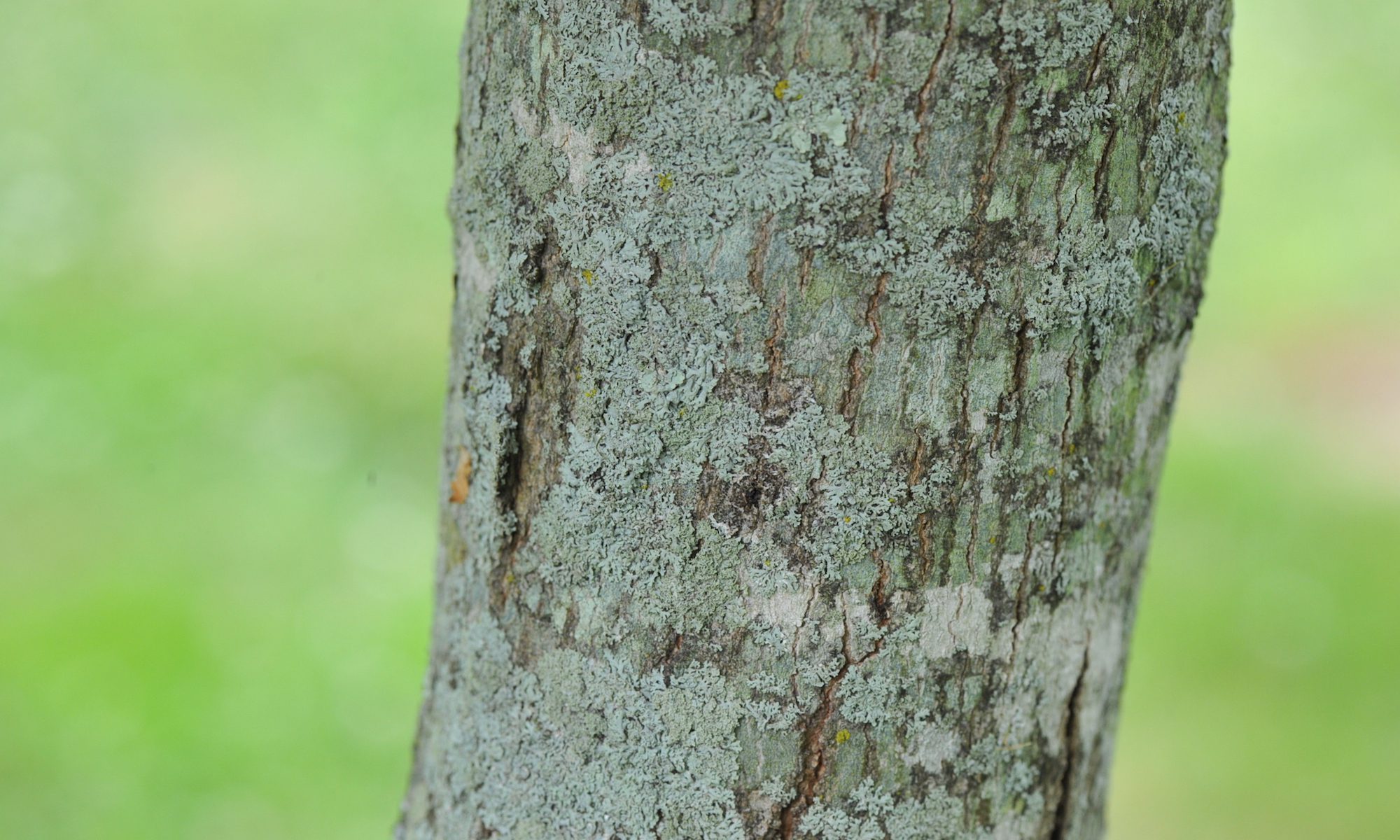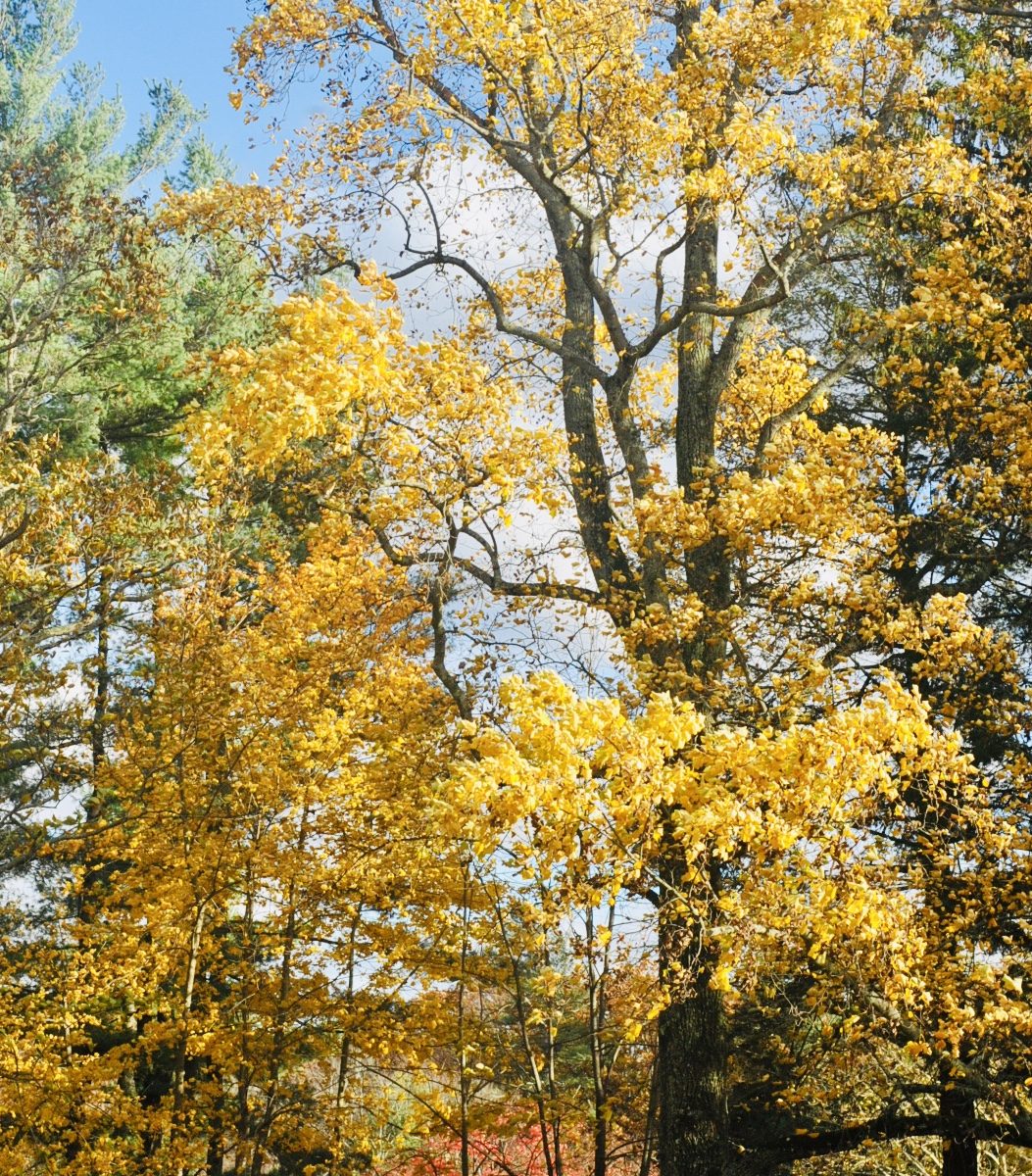The Tulip Tree, or Tulip Poplar, is native to most of eastern United States and is named for its cup-shaped, tulip-like yellow flowers. It is not, however, a poplar tree, but a member of the magnolia family. Along with the white pine, it is the largest tree in eastern forests. Its size, added to the fact that it grows fast and is a hardwood, guaranteed its place in American history.
Using animals for transportation was inefficient in wild North America. A thick forest made rivers and streams better for travel. Most waterways were hard to navigate by conventional boats, so explorers soon adopted the Native Americans’ dugout canoes. Many early dugouts were made from Tulip Tree trunks although they rotted quickly in water, lasting only one or two seasons. But their size allowed making huge canoes that floated in shallow creeks while still hauling massive loads.

No less of a woodsman than Daniel Boone chose this type of canoe to migrate from Kentucky to the western frontier. After losing a land grant suit in 1799, a 35-person group led by Boone felled a Tulip Tree and carved a 60-foot canoe that carried the women and children, while the men drove the livestock overland. The Spanish granted them land in St. Louis, the first major American settlement in the West.
VISIT THE PIGNUT HICKORY ALLÉE NEXT

